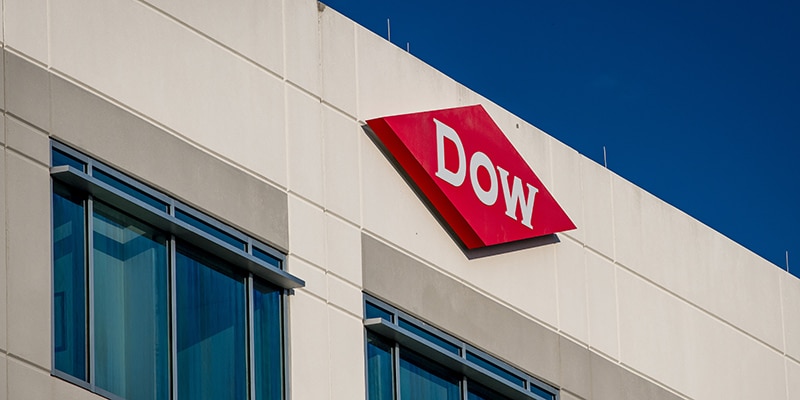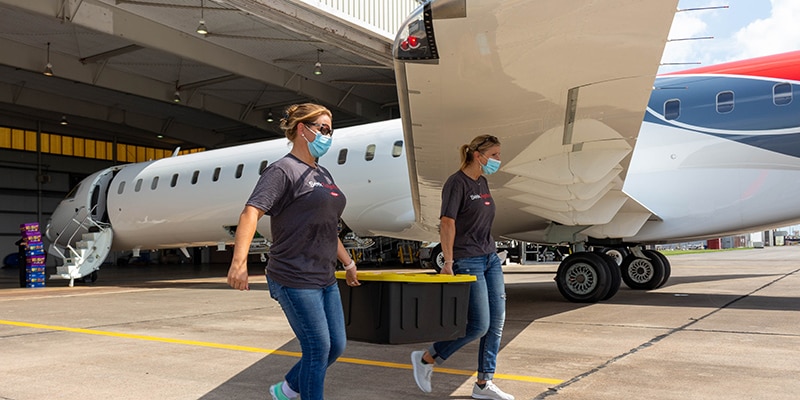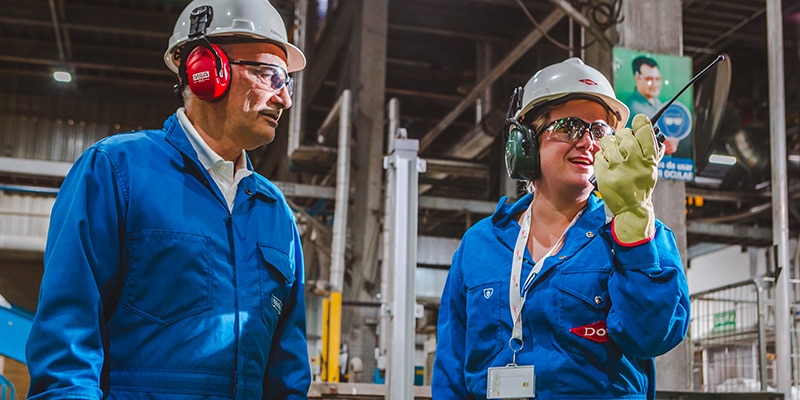Dioxins are a family of chemicals comprising 75 different types of dioxin compounds and 135 related compounds called furans. In addition, twelve of the polychlorinated biphenyls (PCBs) display a related chemical structure and share some of the biological properties of dioxins. For the purposes of this web site, the term “dioxin” includes both dioxins and furans. Dioxins are unintended by-products of certain industrial processes and also occur due to activities such as backyard burning of household trash, and natural events such as forest fires.
According to the U.S. Environmental Protection Agency, dioxin and furan emissions to the environment in the U.S. have been reduced by approximately 90 percent between 1987 and 2000, the last year for which data exists. Additionally, global emissions continue to decline. Today, the uncontrolled burning of residential waste is believed to be among the largest sources of dioxin emissions, globally. People are exposed to dioxin as the result of the consumption of animal products such as meat, dairy and fish. We believe that there is a lack of evidence of humans having experienced health effects from low-level exposures. While dioxin effects have been reported in some studies, there is no consensus within the scientific community on whether today’s low-level of dioxin in the environment cause human health effects. Recently, scientific studies have shown that humans are less sensitive to the effects of dioxin than some laboratory animals.
Dioxin from historical emissions also has been part of ongoing discussions with local communities in Great Lakes Bay Region and New Zealand.
Dow's Position
Dow has undertaken considerable efforts to reduce dioxin emissions and actively promotes improvements and solutions across industry. Dow believes any action toward resolving dioxin-related issues should be based on science. We seek science-based solutions that protect human health and the environment, while also contributing to the well-being of the local community. Dow supports biological research on the effects of dioxin. Dow supports corrective action that is specific to a particular site and decisions based on the realistic probability for exposure.
Dow's Actions:
- Since 1995, Dow has reduced its worldwide dioxin emissions to air and water by more than 80% from 40.5 grams to 7 grams.
- Since 1967, Dow has continued to conduct extensive studies following a group of its employees who have been exposed to elevated levels of dioxins as the result of historical manufacturing practices. After more than 40 years of studying employees with high exposures in the workplace, results continue to show no lasting health effects. There has been evidence of chloracne, a skin condition resembling acne, among some highly exposed workers. We seek to publish the results of all our health studies in peer-reviewed scientific journals and more than 200 have been published to date.
- Dow also is funding or supports additional studies that will provide answers to dioxin-related issues. For example, in the Great Lakes Bay Region, Dow has provided unrestricted grants to Michigan’s leading universities to allow them to conduct a broad array of human health exposure and environmental studies to evaluate the potential impact of dioxins and furans. Specifically, the University of Michigan in 2006 reported the results of a two-year study of dioxin and furan and PCB exposure in the Midland, Michigan area and along the Tittabawassee River downstream from Dow manufacturing operations. Dow provided an unrestricted grant to the University of Michigan to conduct a human dioxin exposure study. To review the findings, please go to www.umdioxin.org. The results of this study show no relationship between furan and dioxin soil levels and levels in people living along the Tittabawassee River and in Midland.
- Dow also supports on-going studies of its workers who were exposed to dioxins in the Midland, Michigan and New Plymouth, New Zealand locations. These studies find that even though these workers were exposed to levels of dioxins well above background levels, there are no health effects other than chloracne in some of the Midland workers, related to dioxin exposures. These studies have been reported on extensively in peer-reviewed scientific journals.
With the advent of newer scientific tools, including our ability to examine how human genes respond to chemicals, many unanswered questions regarding dioxin toxicity can be explored. Dow has embarked on a research program with these new scientific tools. Dow is collaborating with a number of academic laboratories headed by experts in the area of dioxin and the biological effects of dioxins in humans and laboratory animals. This extensive research program is addressing basic research questions on why humans are less sensitive to dioxins than rats and mice; how the dioxins and furans differ as to their toxicity potential, and how dioxins cause their biological effects in rats and mice and what are the risk assessment implications of this understanding. The results from these studies have been and will continue to be published in the peer-reviewed scientific literature and presented at major scientific meetings as the research is completed. The results from this research will improve the accuracy of conducting risk assessments when humans come into contact with dioxins.
Last Updated: September 2011
For additional Dow information visit:
Dioxin Overview
Dioxins and Furans Defined
Dow's Progress on Reducing Emissions
Health Effects of Dioxin
Regulations and Public Policy
For additional external resources visit:
Dioxin Facts
U.S. Government Information on Dioxin





